Jianzhan Cup and Song Dynasty Tea Culture
What is a Jianzhan Cup?
A Jianzhan cup is a special type of tea cup produced in Jian Kiln, located in Jianyang, Fujian province. Typically, these cups have a wide mouth, small base, and thick body with a rough texture.
The lower part of the outer wall and the base are unglazed, exposing the natural ceramic material.
The clay and glaze for Jianzhan are also sourced locally in Jianyang. Due to its high iron content and thick structure, the exposed parts of the cup appear grayish-black, commonly known as “iron body.”
The glaze on Jianzhan is usually black, dark blue, or purple, creating a unique effect during the firing process. As the kiln reaches temperatures up to 1350°C, iron ions in the glaze create fascinating patterns, often referred to as “hare’s fur.”
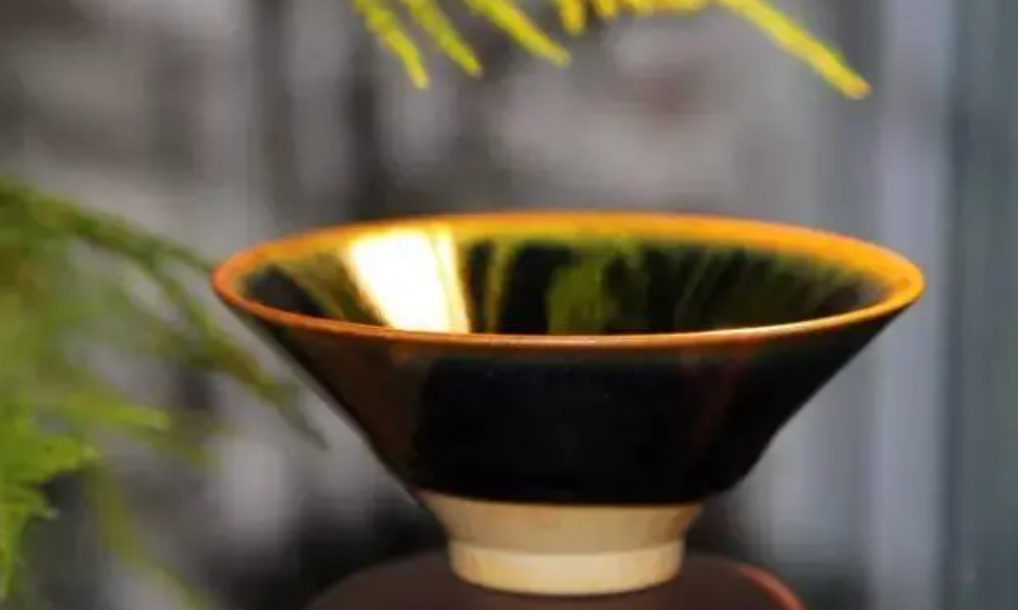
This pattern made the Jianzhan tea cup famous, with some calling it the “hare’s fur cup.”
A Timeless Legacy Revived
China is home to the world’s longest, unbroken civilization. Many ancient treasures were lost over time, but some, like the Jianzhan tea cup, have been rediscovered.
Jianzhan reached its peak during the Song Dynasty, when it was a prized item in tea-drinking culture, favored by the royal family and scholars alike. However, its modern resurgence only began in the last decade.
If you look through records from the Ming and Qing Dynasties, you’ll find only fragmented references to Jianzhan.
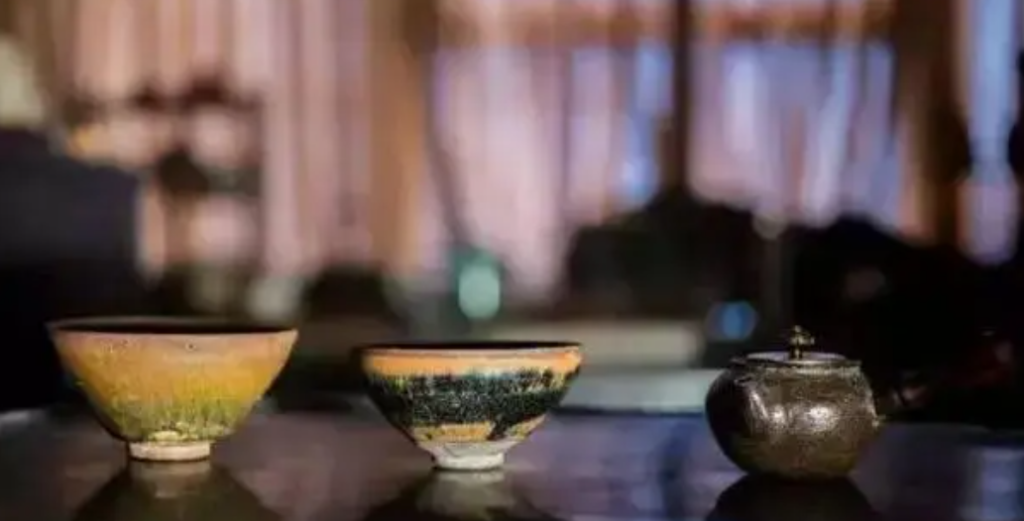
By the Yuan Dynasty, the kiln had lost its popularity, and by the Ming and Qing Dynasties, Jianzhan had been largely forgotten.
A Scene from Song Dynasty Splendor
Let’s take a glimpse into the heyday of Jianzhan. In 1112, during the reign of Emperor Huizong of the Northern Song Dynasty, the emperor hosted a grand banquet at the imperial palace.
Despite the display of extravagant treasures—gold, jade, and crystal—the emperor himself used a simple Jianzhan cup for his tea. This seemingly plain cup with its dark glaze and hare’s fur pattern became a symbol of refined taste and culture.
The Jianzhan tea cup may appear dark and simple at first glance, but upon closer inspection, its deep glaze reveals vibrant patterns resembling stars, clouds, or waves. This subtle beauty was deeply appreciated by Song tea enthusiasts, who often viewed the cup in sunlight to admire the delicate details.
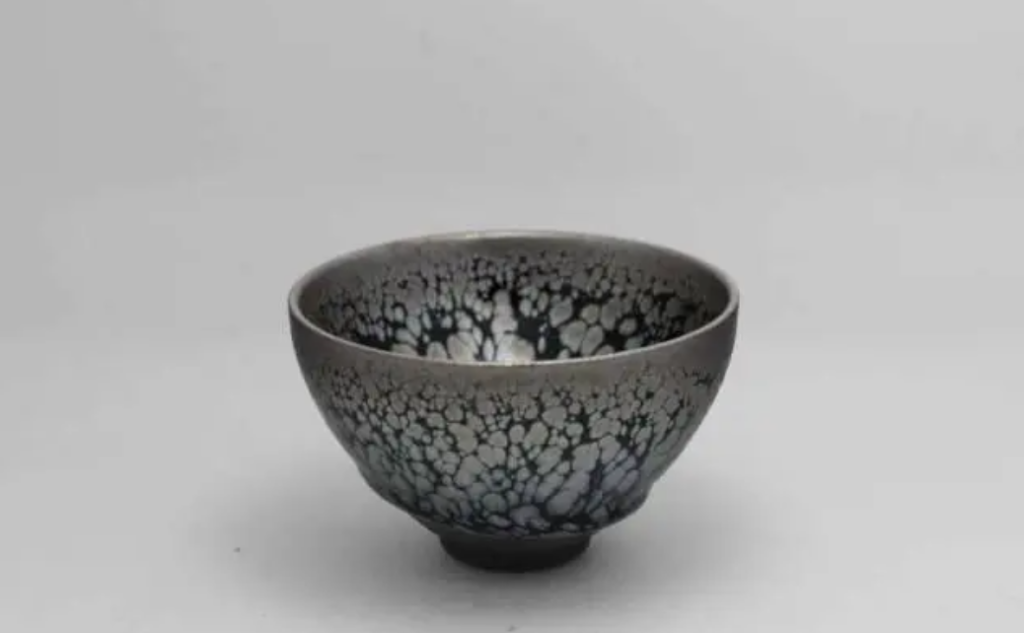
The Unique Craft of Jianzhan
Jianzhan cups were made exclusively in Jian Kiln, which primarily produced black-glazed tea cups. Despite this singular focus, each cup’s beauty varied greatly due to the interaction between skilled craftsmanship and natural kiln conditions.
Every Jianzhan cup is unique, and the most exquisite varieties, such as the rare “Yohen” (曜变) and “oil spot” (油滴) patterns, are almost impossible to replicate.
After the Yuan Dynasty, changes in tea culture led to the decline of Jianzhan, as tea-brewing methods shifted from whisking to steeping. By the Ming Dynasty, black-glazed Jianzhan cups had disappeared, with other types of porcelain taking their place in tea culture.

Jianzhan in Japan: A Treasured Relic
Interestingly, while Jianzhan faded in China, it became a prized item in Japan, especially within the emerging tea ceremony. Japanese collectors and tea masters held Jianzhan in high regard, considering it a “divine treasure.”
Some of the finest Jianzhan cups made their way to Japan and were preserved in museums, where they are still revered today.
The Return of Jianzhan
Thanks to economic growth and cultural revival, Jianzhan has made a comeback. Archaeological discoveries at Jian Kiln sites have brought many ancient pieces back to light, while modern kilns have begun producing new Jianzhan cups.
Today, tea enthusiasts and collectors alike are drawn to Jianzhan’s unique beauty and rich history. Each cup, with its naturally formed patterns, is one of a kind—perfect for appreciating, collecting, and enjoying tea.
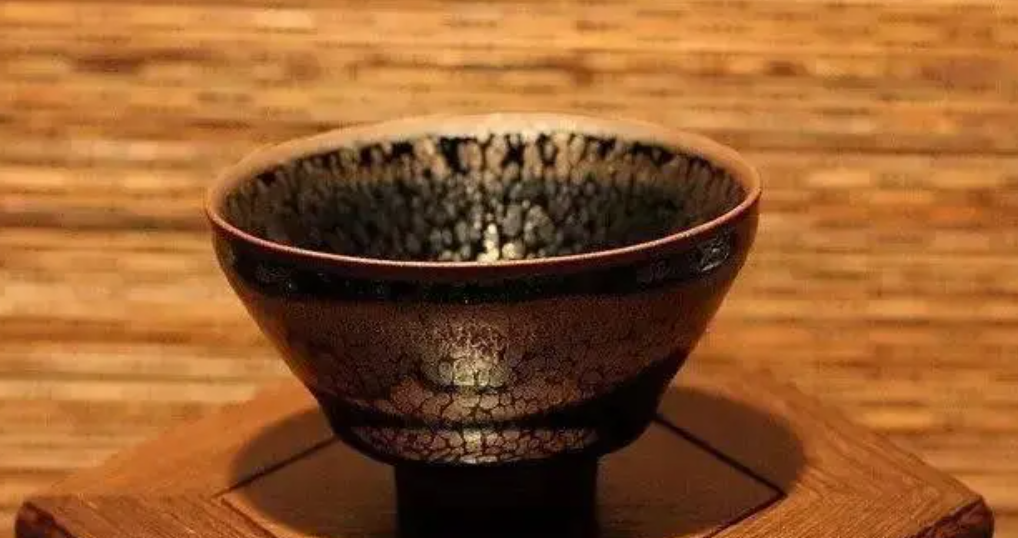
Some may argue that Jianzhan’s dark glaze makes it less suitable for modern tea brewing. However, the beauty of the cup lies not only in its aesthetics but also in the mesmerizing mist that rises from the tea inside.
The play of light and steam creates a serene, almost magical experience that no other cup can offer.
Owning a Jianzhan cup today is not just about drinking tea; it’s about connecting with a rich cultural past. As you hold a Jianzhan cup, you are transported back 800 years to the time of poets and scholars, savoring tea in the same way they did.
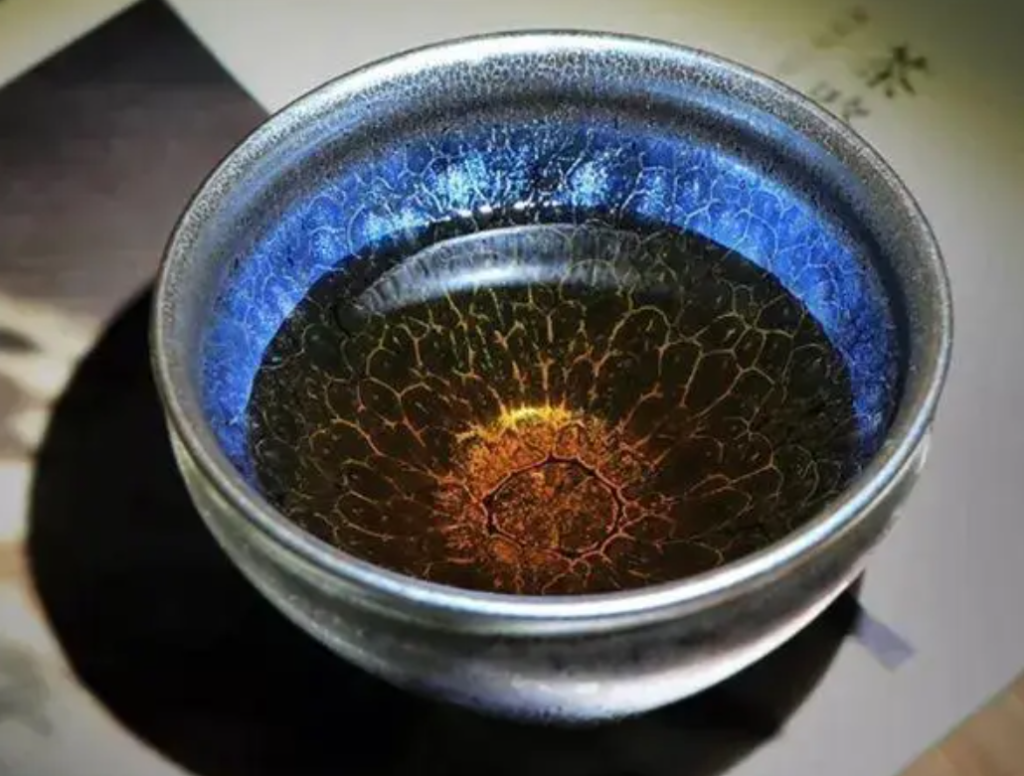
The legacy of Jianzhan lives on, and we are fortunate to rediscover and cherish this piece of history.
